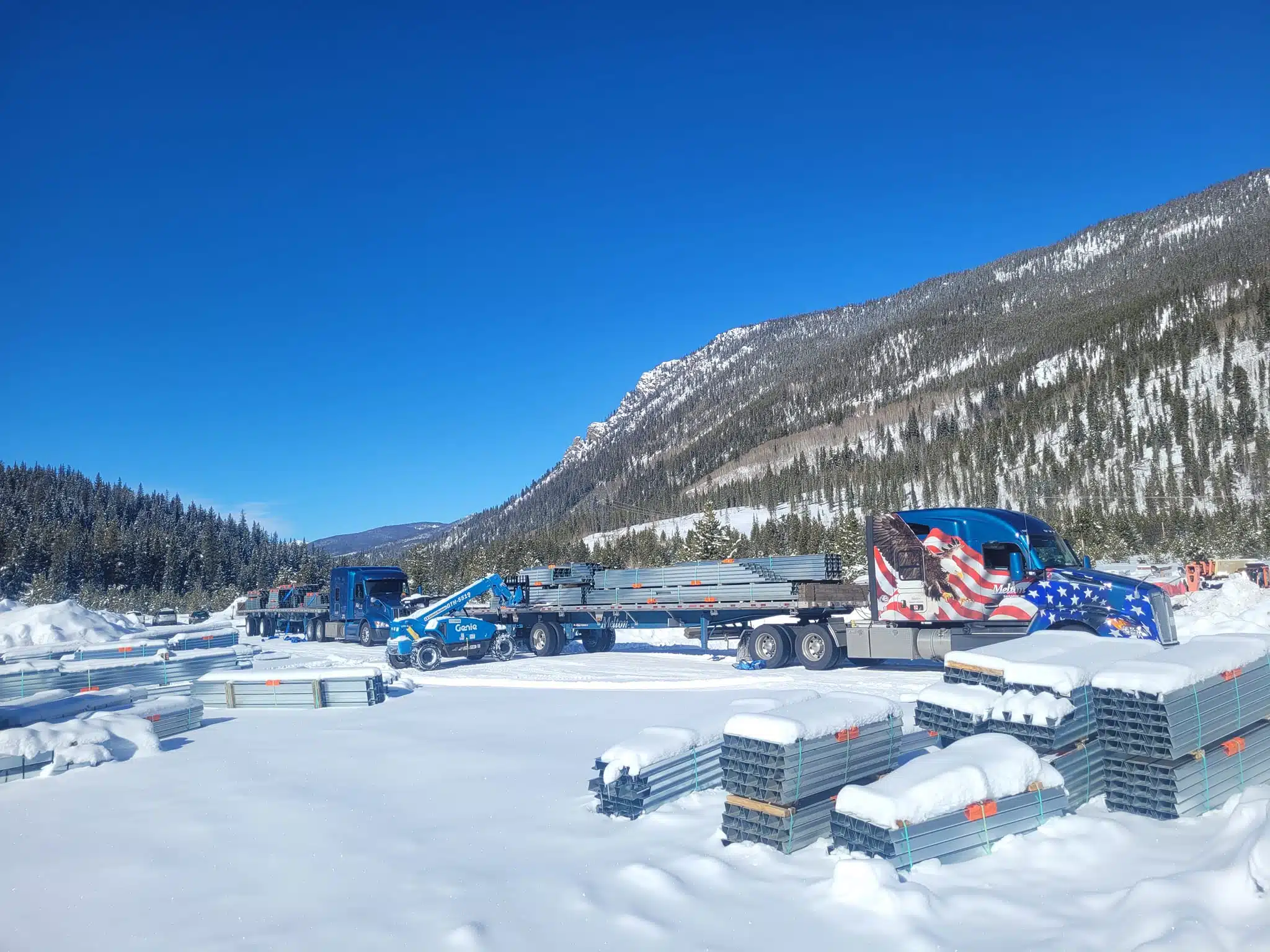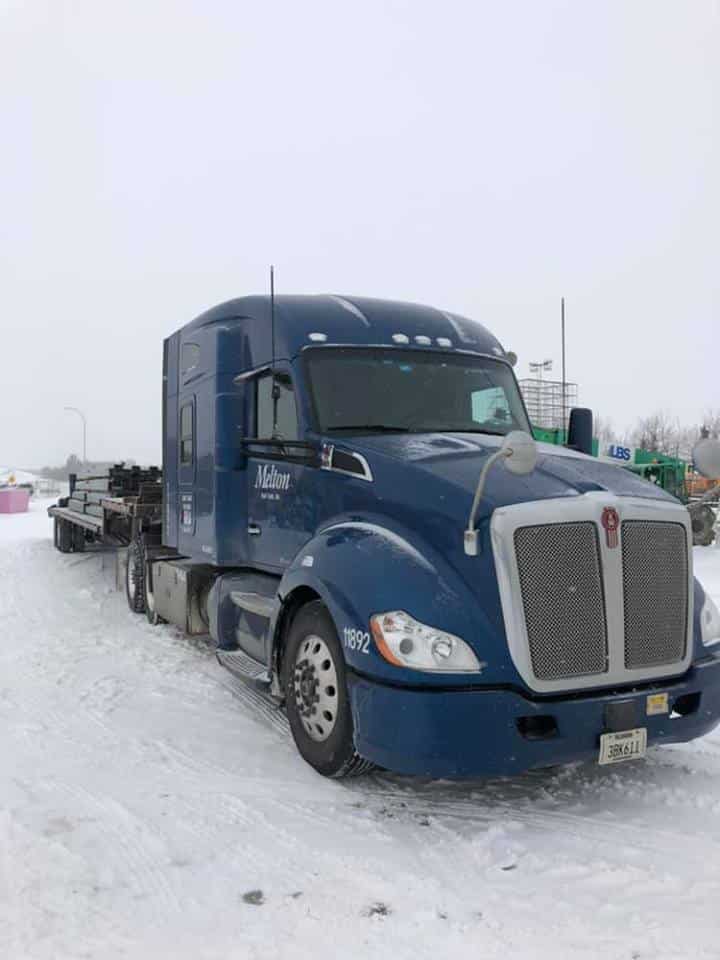
Cross Border Shipping from US to Canada/Canada to US
In the constantly changing landscape of international shipping, Canada consistently ranks among the U.S.’ top trade partners year after year. As a shipper, the opportunity to cross into Canada is accessible through almost 100+ crossing locations. Despite the ease of access for both countries, international cross-border shipping isn’t without its challenges. It’s generally agreed that shipping to and from Mexico is more complex, but transporting freight to and from Canada does still require a few extra steps.
Do I Need a Customs Broker?
A crucial step any company should take is setting up a relationship with a Customs Broker. These individuals are licensed to operate by the Department of U.S. Customs and Border Protection (on the U.S. side) or by the Canadian Border Protection Agency (CBSA, on the Canadian side). Their roles are to be well-versed in border crossing procedures and ensure that all federal rules, regulations, and guidelines are followed during the import/export process. They’re required to understand any necessary paperwork, item classifications, the differing rates of duty, and any taxes/fees associated with an item’s import into its final destination.
What Documents Do I Need for Cross-Border Shipping in Canada?
Just like any other international shipping process, you’ll need to make sure you have the right documents on hand to ensure the process goes smoothly. Listed below are some of the most important documents you’ll need. This may vary depending on your type of freight and mode of transport, so be sure to check with your customs broker or other international shipping professional for any additional documents.
- Bill of Lading (BOL)
- Certificate of Origin
- Customs Invoice/Commercial Invoice

What Other Steps do I Need to Take Shipping to Canada from US/US from Canada?
A primary task a customs broker will help their customers with is utilizing the Pre-Arrival Review System, a process in which information about your freight is submitted to the Canadian Border Service Agency for review before a shipper arrives at the border. This should greatly speed up the release/referral of examination process of goods when they arrive at the border.
Another major hurdle any company might encounter is to remain up to date on product restrictions, as well as updating regulations and permit requirements. Many items, such as arms and ammunition, agricultural goods, and electronics, have import restrictions and regulations that can vary from one country to another. Used equipment transportation- such as construction machinery or other used equipment- will require a title for each vehicle cleared by the appropriate customs agency at least 72-hours prior to it arriving at the border.
With all things considered, being prepared for your next cross-border shipment will ensure success! Have all your documentation prepped and ready, know the specifications of your product, and work with reputable transportation professionals in the region you’re shipping.
